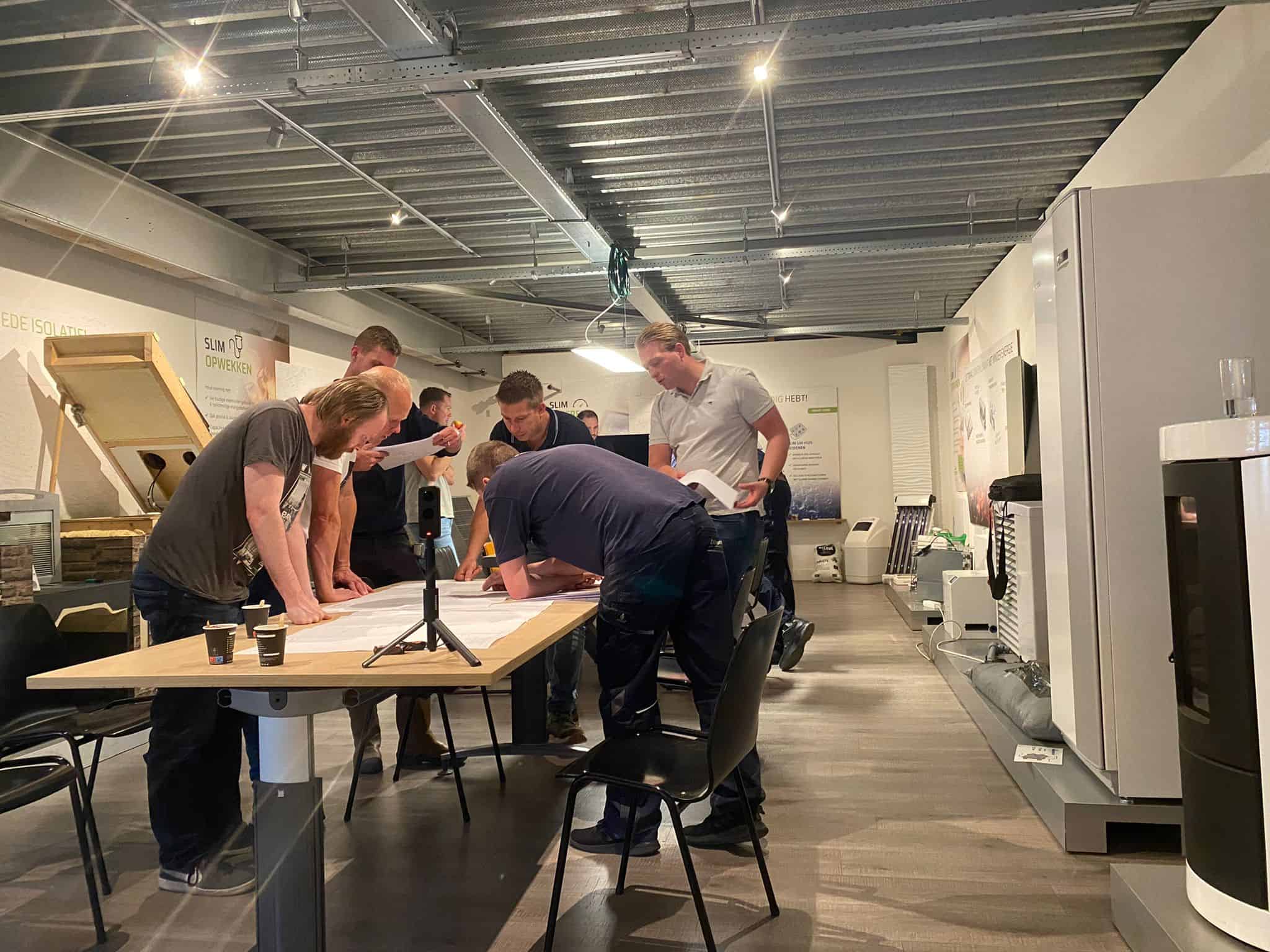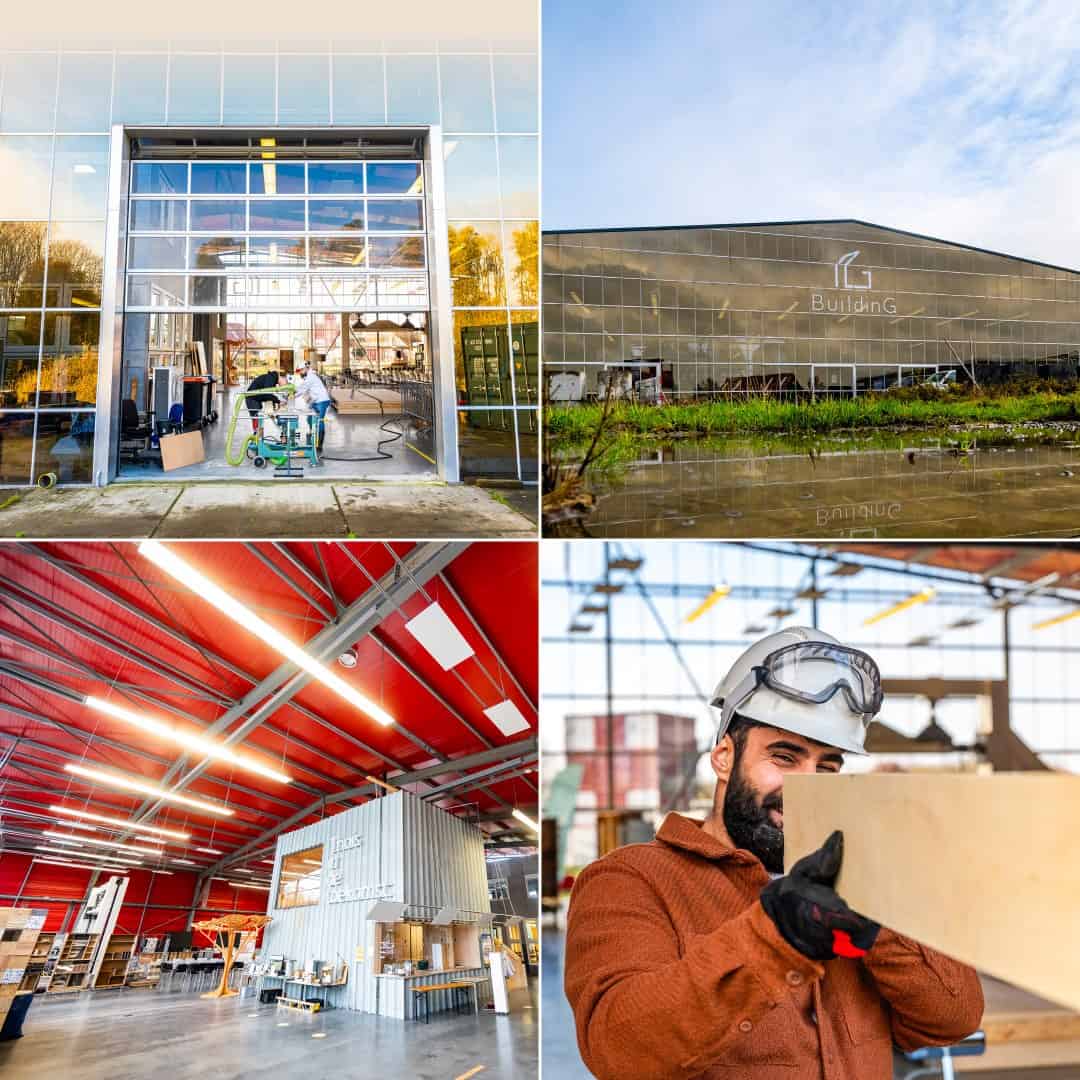
Art, new concepts, innovative start-ups: These are of great value to society and are ‘born’ in creative incubators. Partly due to an overly stressed real estate market, however, housing in such places has become precarious. Yet there are also opportunities. “Provinces and municipalities are becoming increasingly aware of the importance of these spaces,” says Bart de Zwart, lecturer in Real Estate at the Hanze University of Applied Sciences in Groningen. In recent years, he has been researching future-proof real estate for the Fontys Universities, and since April, for the Hanze University of Applied Sciences.
The overheated real estate market is very much a topic of discussion these days. Housing for artists and other creative makers is also under pressure. Not only are the rising prices creating obstacles. Creators also often have to deal with temporary lease contracts and agreements with municipalities are not always clearly defined.
And that poses a problem. Not just for creative makers themselves, but for society as a whole. “Answers to the huge issues we are facing, such as the climate crisis and unequal opportunities, are often found in these kinds of creative incubators,” De Zwart explains. “The real estate sector can be an important link to help make these places feasible, but in order to do that, it is important to look beyond simply the financial returns.”
Incubators are also indispensable for innovative start-ups. “The art world is working ever more closely with industry. Consider, for example, the art project of Jalila Essaidi. This artist and entrepreneur developed a method to convert manure into textiles and has also been working on making a bulletproof house made out of silk. She runs her own incubator, BioArt, in Eindhoven. This project is concept-oriented, but arguably has the potential for further development by the business world. Not all innovative ideas and concepts are applicable in the short term, but after all, that’s equally true of ideas that originate at universities and eventually lead to spin-offs,” says De Zwart.

Raising awareness
Time for change in the real estate sector. And that is on the way. That is the conclusion drawn by the lecturer after years of research at Fontys University of Applied Sciences in Eindhoven into, among other things, the housing of creative breeding grounds. He also started a similar line of research at the Hanze University of Applied Sciences, which is still in its infancy.
De Zwart recently presented the research agenda during his lecture. The results are encouraging. Opportunities appear to be out there for creative makers. Governments and market players are increasingly aware of the added value that incubators have for society and the economy. They recognize that these places not only provide affordable workspaces for the makers themselves, but also help to create social cohesion in city neighborhoods, foster civic engagement, labor participation, and that they create a climate where people and ideas can collide – and out of that, new innovations are born.
“What perhaps surprised me the most in the study is that this transition is not only taking place in urban areas,” says De Zwart. “You can see a trend emerging in towns as well. That got me thinking. Could incubators be a kind of place for social renewal? In the past, you had a community center in every community. Perhaps these will eventually be replaced by this kind of creative incubator, where people can meet and make things together. That last aspect in particular is what makes an incubator so special.”
A new strategy
Now that the real estate market is picking up and many creative places are in danger of disappearing, not only the provinces and municipalities but also the incubators themselves are busy developing a new strategy to keep their heads above water. That new strategy appears to be successful. “They are increasingly managing to demonstrate their value proposition to the outside world. An incubator is more than just a cheap workplace. Social and cultural values are often at the heart of it. For instance, many incubators are in contact with people who are distanced from the labor market. Or they give workshops to schoolchildren in disadvantaged neighborhoods.”
The Temporary Art Centre Eindhoven (TAC), a cultural incubator and platform in the center of Eindhoven, is an example of a success story that proves how an incubator that invests in conveying its added value to its surrounding community also stands to benefit from this. It can even lead to the incubator acquiring a permanent place in a particular area.
“For example, TAC has been able to convince the developer to develop a joint plan for its location in which there is not just room for new housing, but also where a good part of the studios are preserved. In addition, there is a large exhibition space and parties are organized in the café that is located there. So, the moment you have a compelling story as an incubator and can come up with a good proposal, and show that residential housing is actually made more attractive by such blended spaces, then you will be in a strong position.”
Diversity
At the same time, caution must be taken to ensure the diversity of these kinds of venues, even if commercial parties take them over. “Because that is the danger when a lot of interest in incubators is coming from other sectors of society. In the end, the term ‘incubator’ is applied to a wide range of socially relevant locations and initiatives, not all of which have the co-creative, bottom-up character of a true incubator.”
This is why it is important for municipalities to take a good look at what their ecosystem will look like over the coming years, concludes De Zwart. “It should be a mix of artistic, innovation-oriented and public-oriented venues. Ultimately, we will then have a diverse number of places that have the potential to move our society forward.”









